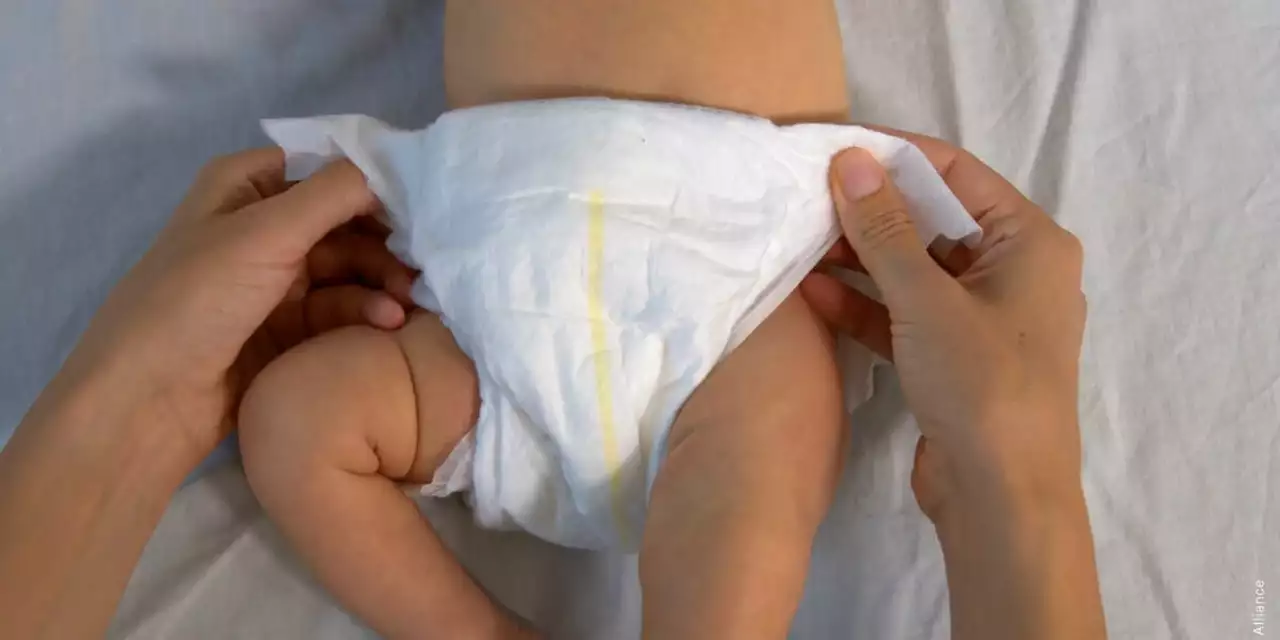Did you know a newborn can use 8–12 disposable diapers a day? That’s a lot of buying, changing, and disposal. This page gives you clear, practical tips so you spend less time guessing and more time caring for the person who needs it—baby or adult.
Start with weight-based sizing, not age. Packaging usually lists a weight range—match that to the person’s current weight. Check absorbency: look for mentions of SAP (superabsorbent polymer) and extra-core technology for overnight use. If you need breathable sides and lower heat buildup, choose a “breathable” or “air” label. For sensitive skin, pick fragrance-free and chlorine-free options and look for OEKO-TEX or similar certifications when available.
Don’t buy a jumbo pack on the first try. Get a small pack or free sample to test fit and leak protection. Fit matters: waistband should sit snug but not dig in, and leg cuffs should form a gentle seal without gaps. For adults, measure waist and hips—fit varies more across brands than for baby sizes.
Change schedule: newborns need checking every 1–2 hours; older babies every 2–4 hours during the day. For adults, follow manufacturer guidance and check for moisture frequently to avoid skin breakdown. Always wipe gently, dry the skin, and apply a thin barrier cream with zinc oxide if redness appears.
Nighttime: pick a diaper with higher absorbency or a night-specific product. Consider an additional slim booster insert if you don’t want a bulkier diaper. For outings, carry travel-sized packs, a change mat, and a small wet bag for used diapers.
Cost and storage: compare per-diaper price, not pack price. Buy larger packs for everyday use if the test pack worked. Store in a dry, cool place—heat can reduce absorbent performance over time.
Eco and disposal facts: fully compostable disposable diapers are rare because SAP and mixed materials slow breakdown. Choose plant-fiber blends and biodegradable liners if you want lower impact, but expect normal landfill disposal in most places. Roll used diapers tightly, seal with the tabs, and dispose of them in regular waste—not the toilet. For households that want to cut landfill waste, look into municipal programs or specialized services for diaper composting where available.
Common mistakes to avoid: picking size by age, skipping a test pack, leaving diapers on too long, and using scented wipes on irritated skin. Try different brands if leaks or rashes show up—fit and materials vary enough that one change often solves the problem.
If you need product recommendations, measure and test first, then pick one main brand plus a backup. For adults, prioritize absorbency level and a secure fit. For babies, prioritize fit, breathability, and gentle materials. Small checks up front save a lot of time and stress later.

In today's post, we're looking at the age-old debate of cloth diapers vs. disposable diapers in terms of preventing diaper rash. While some parents swear by the soft, reusable cloth diapers for reducing skin irritation, others believe the super-absorbent disposable diapers keep their baby's skin drier and rash-free. In my research, I discovered that although cloth diapers are eco-friendly and cost-effective, they may require more frequent changes to prevent rashes. On the other hand, disposable diapers have a chemical gel that absorbs moisture, but may cause irritation for some babies with sensitive skin. Ultimately, the best choice for preventing diaper rash depends on your baby's skin type and your commitment to frequent diaper changes.